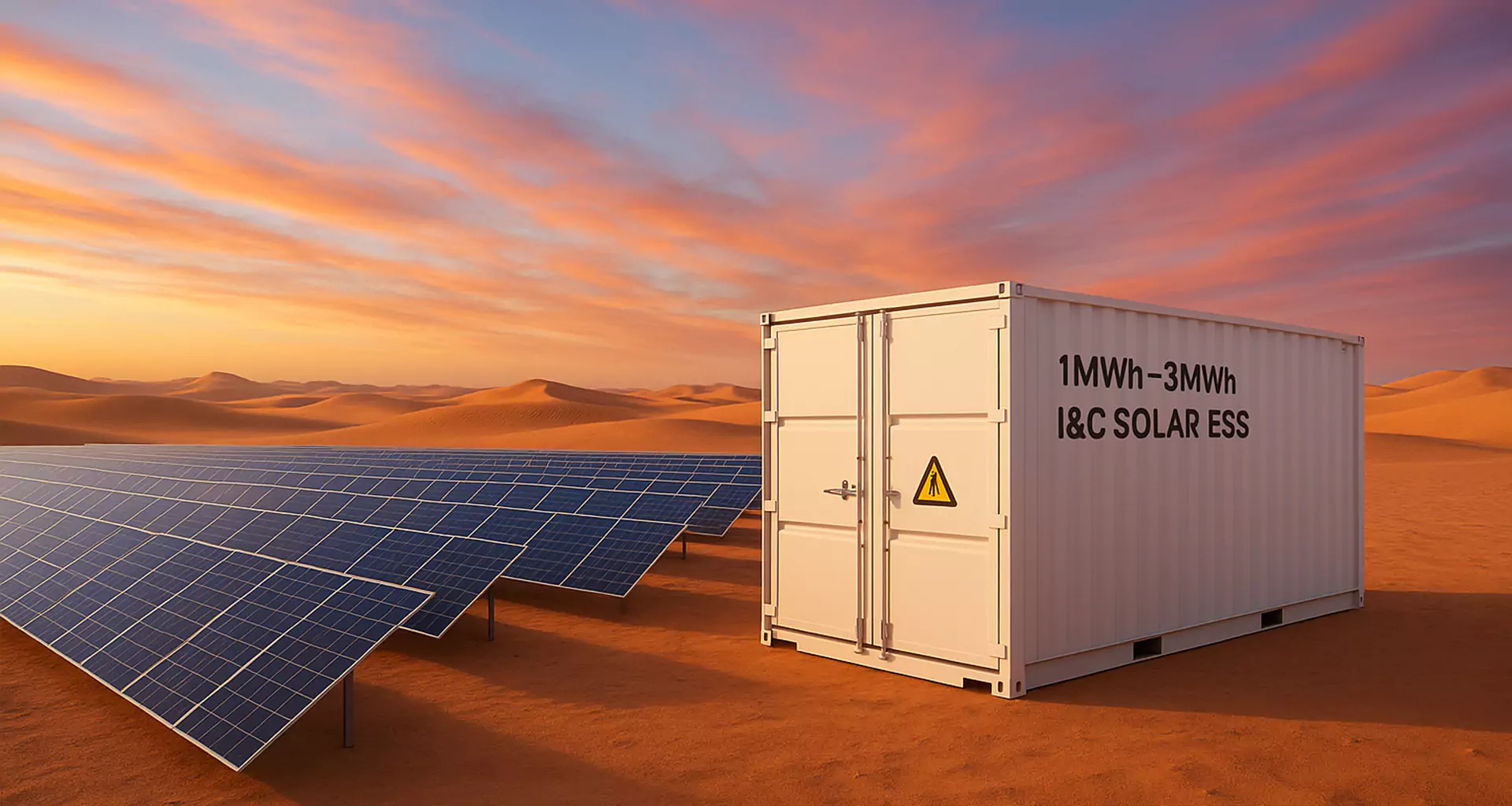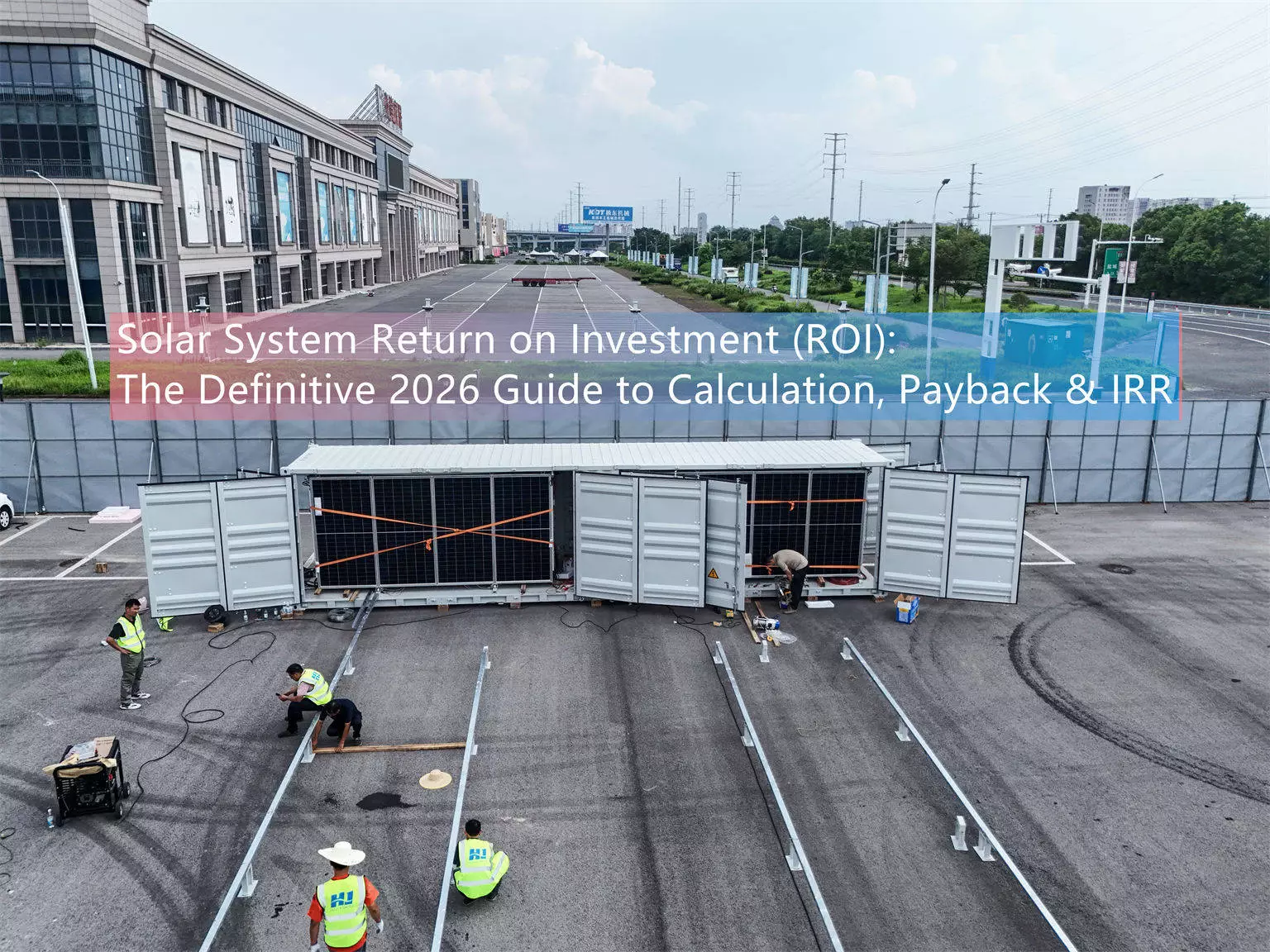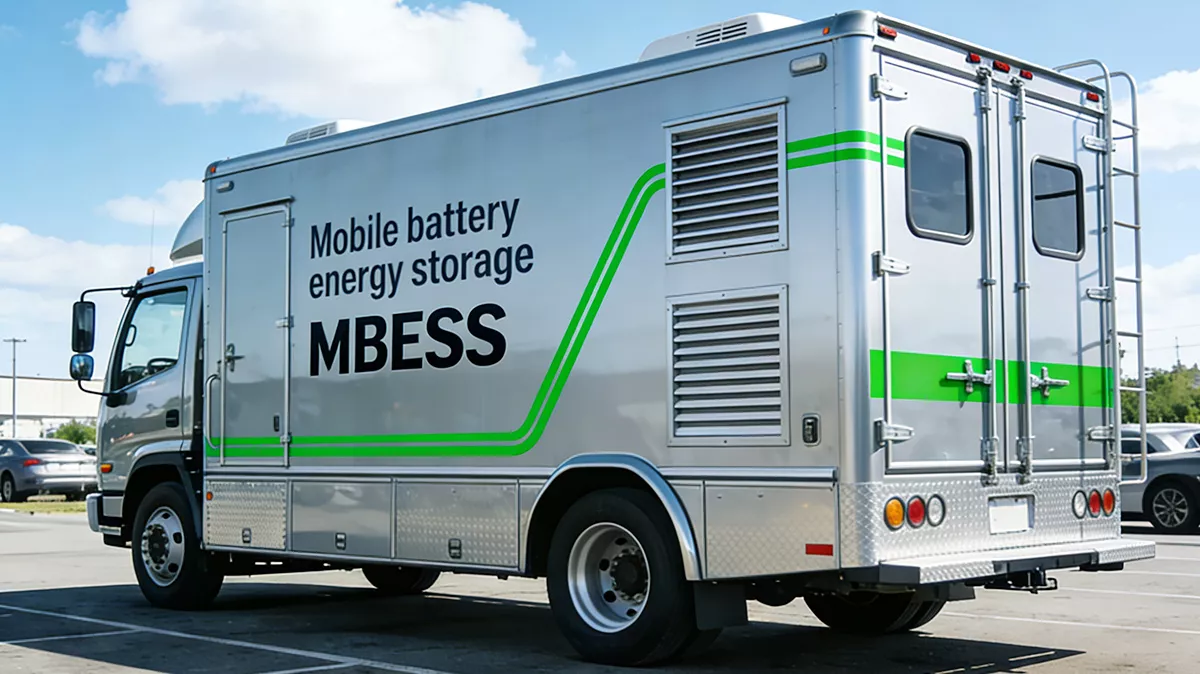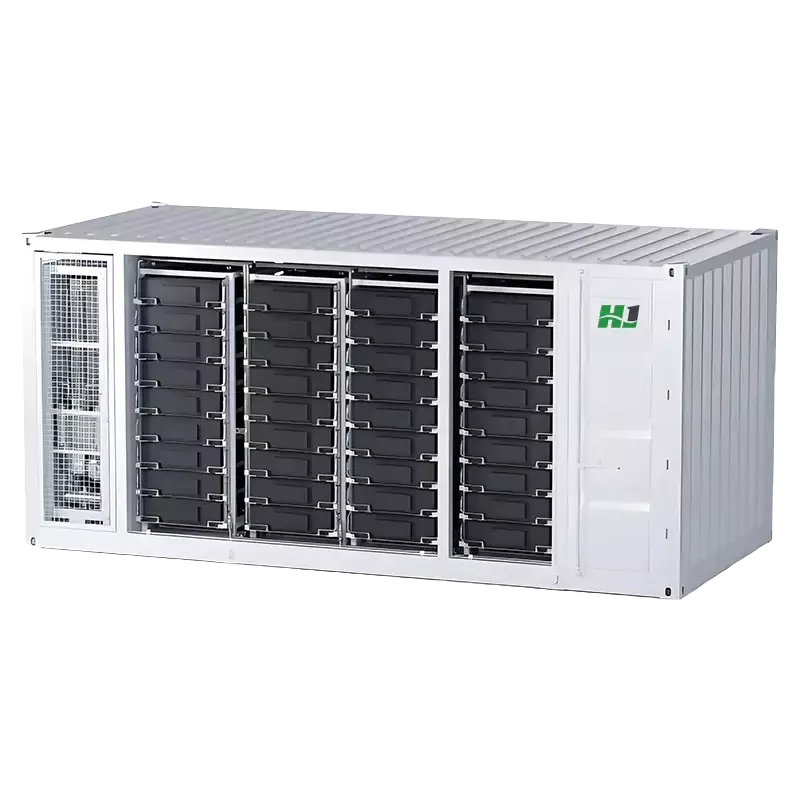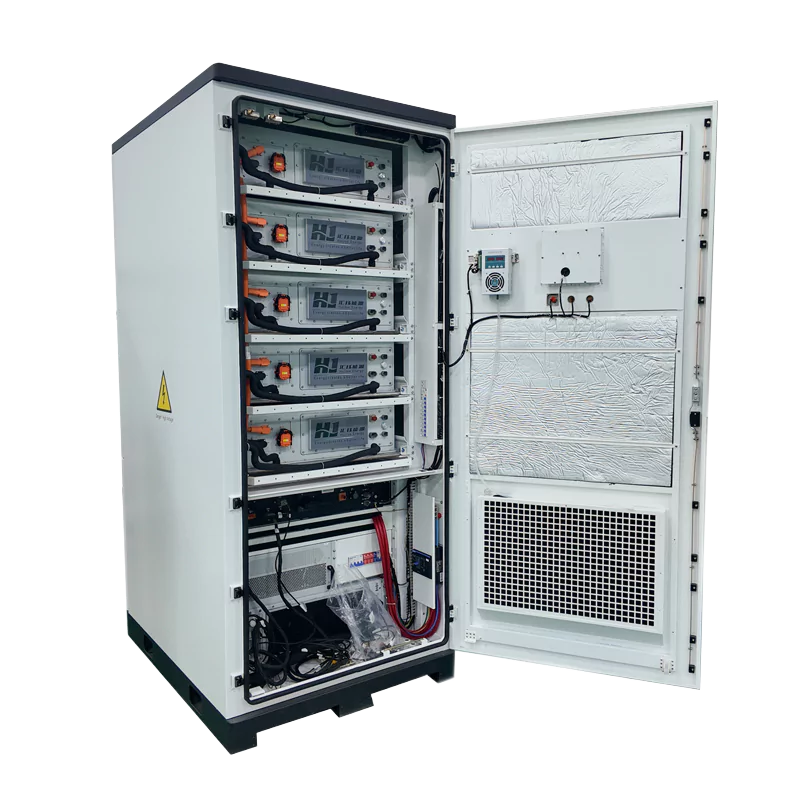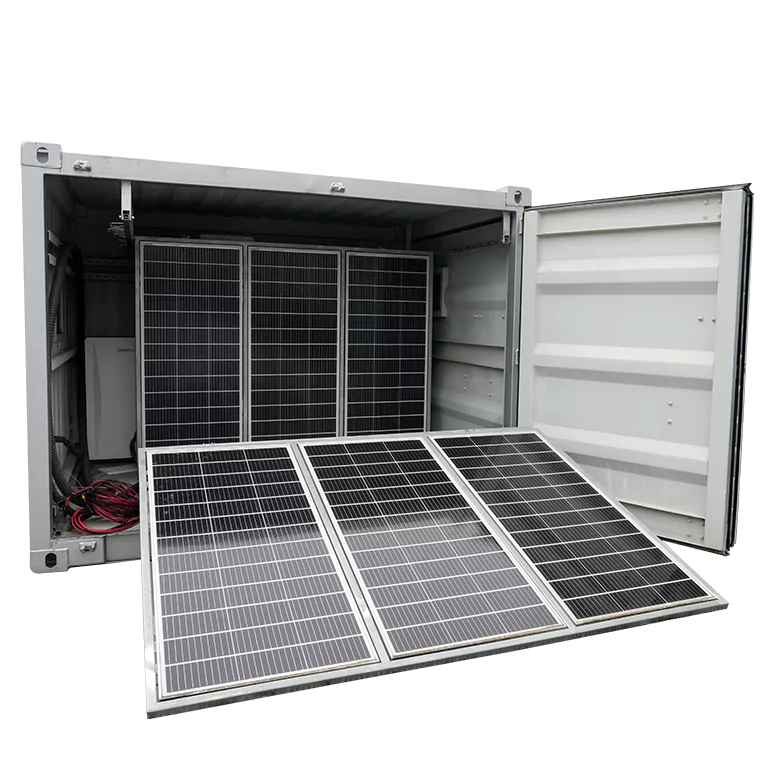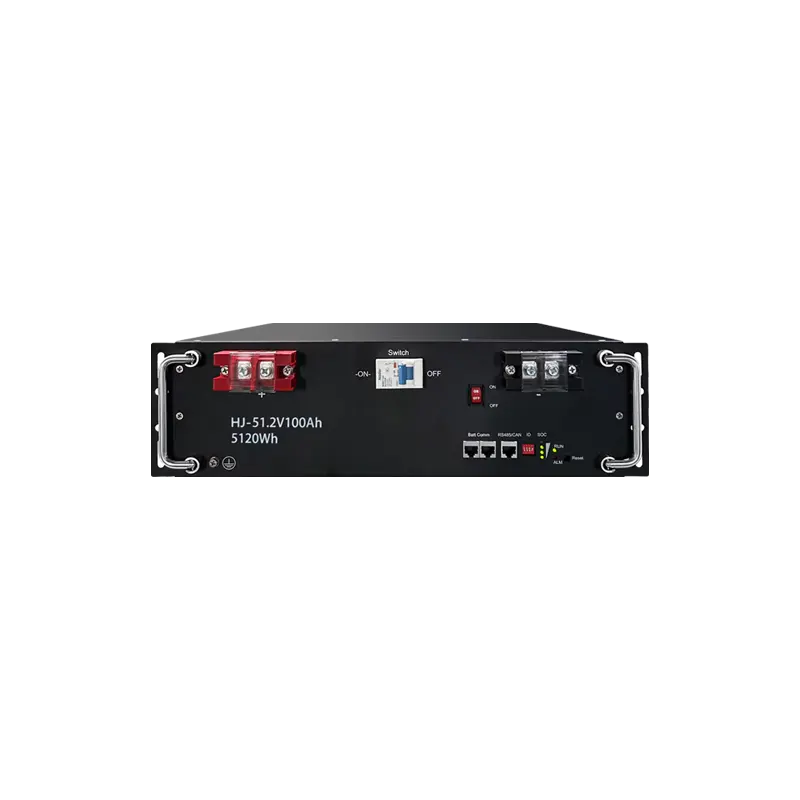How Do Telecom Base Stations Stay Safe During Typhoons?
Typhoon seasons often bring strong winds, heavy rainfall, and lightning strikes. These extreme weather events not only disrupt daily life but also pose serious threats to critical communication infrastructure. Telecom base stations, often described as the “nervous system” of the information age, are particularly vulnerable. If a base station is damaged or shut down, mobile signals and internet connectivity can be interrupted, which may hinder emergency response and disaster relief. That is why protective measures for base stations before and after a typhoon are so important.
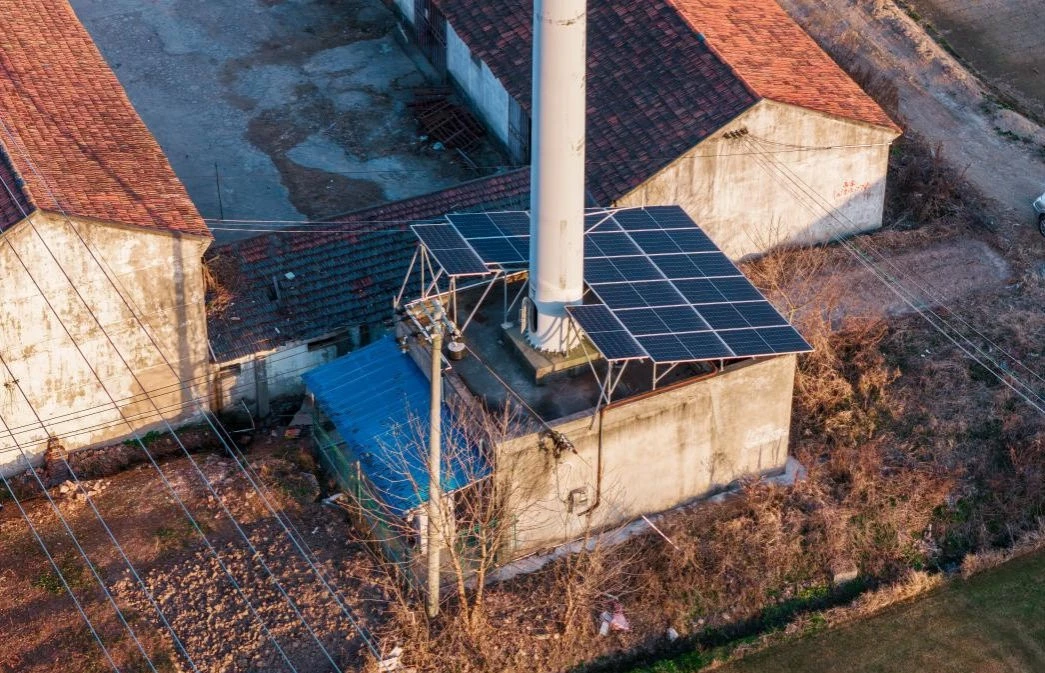
1. Reinforcing Structures to Withstand Strong Winds
The first destructive force of a typhoon is its powerful wind. If antennas, towers, or support poles are not properly secured, they may loosen or collapse. Maintenance teams should inspect guy wires and fasteners, and replace or reinforce any aging components. Cabinets and shelter doors must be tightly closed and secured. Power and optical cables should also be arranged neatly and tied firmly to prevent swinging and connector damage caused by wind.
2. Waterproofing and Drainage to Prevent Flooding
Heavy rain is another major hazard during typhoons. Excessive water can seep into cabinets or shelters through gaps, leading to equipment short-circuits. To prevent this, sealing strips and cable entry points should be inspected, and rain shields should be installed on air inlets. For base stations located in low-lying areas, drainage ditches should be cleared, and mobile pumps prepared if needed. Outdoor cabinets may be elevated or covered with waterproof enclosures to reduce flood risk.
3. Securing Power Supply for Emergency Communication
Typhoons often cause large-scale power outages, which is a severe challenge for base stations that rely on continuous power. Normally, stations are equipped with backup batteries and diesel generators. These must be checked in advance to ensure the batteries are fully charged, and that generators are fueled and operational. In recent years, some stations have also been equipped with energy storage systems. These provide clean, stable emergency power during blackouts, further enhancing resilience.
4. Strengthening Lightning Protection and Grounding
Thunderstorms are frequent during typhoons, and lightning strikes can cause catastrophic damage to telecom equipment. Base stations need to verify that lightning rods and grounding systems are intact, with grounding resistance within standard limits. Installing surge protection devices on power and signal lines is also an effective way to mitigate damage from induced lightning.
5. Enhancing Monitoring and Emergency Response
Hardware protection alone is not enough—monitoring and response capabilities are equally critical. Through remote monitoring systems, operators can track power, temperature, and alarms in real time, enabling early detection of risks. Telecom providers also deploy repair teams and emergency supplies ahead of time. After a typhoon, they conduct rapid inspections and repairs to restore communication services quickly.
Conclusion
The main threats to telecom base stations during a typhoon are strong winds, heavy rain, lightning, and power outages. Only by building robust protective and emergency mechanisms can operators ensure reliable communication under extreme weather. For ordinary users, seeing stable signals even in the middle of a storm is not just a convenience—it is also a reassurance of safety. Behind that reassurance are the protective measures that keep telecom base stations running smoothly during typhoons.
Find Your Solar + Battery Storage Specialist Now!
* Fill out this form and our experts will help you find the perfect solar storage solution for your home or business.


